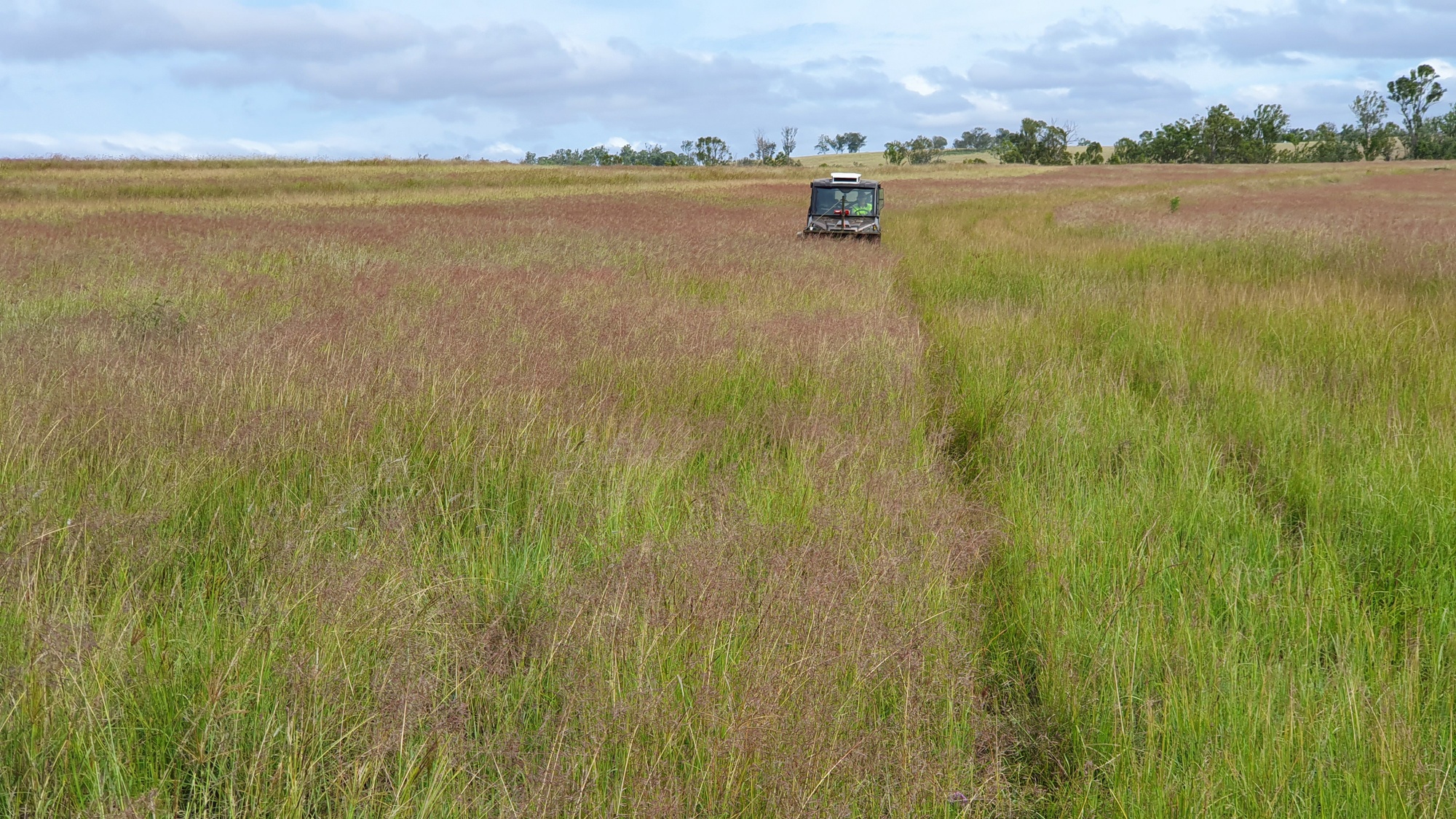Plant Profiles
Plant Categories
Subshrub
Trailing herb
Annual
Annual or Short-Lived Perrenial
Prostrate Shrub
Graminoid
Vine
Forb
Nitrogen Fixer
Grass
Tree
Shrub
Sedge
Wattle
Show All
14Genera
Acacia
Allocasuarina
Alphitonia
Alstonia
Angophora
Archidendropsis
Aristida
Arundinella
Astrebla
Atalaya
Atriplex
Austrosteenisia
Austrostipa
Banksia
Baumea
Bolboschoenus
Boronia
Bothriochloa
Brachychiton
Breynia
Callitris
Calotis
Capillipedium
Carissa
Cassia
Cassine
Cassinia
Casuarina
Chloris
Chrysocephalum
Chrysopogon
Clerodendrum
Corymbia
Crotalaria
Cymbopogon
Daviesia
Denhamia
Derris
Dichanthium
Dodonaea
Einadia
Enchylaena
Enteropogon
Eragrostis
Eremophila
Eriochloa
Erythrina
Erythroxylum
Eucalyptus
Eustrephus
Fimbristylis
Flindersia
Gahnia
Geijera
Grewia
Hardenbergia
Heteropogon
Hovea
Imperata
Indigofera
Jacksonia
Jasminum
Juncus
Kennedia
Lepidosperma
Lomandra
Lophostemon
Ludwigia
Lysiphyllum
Maireana
Melaleuca
Melia
Myoporum
Notelaea
Owenia
Pandorea
Panicum
Parsonsia
Paspalidium
Petalostigma
Petalostylis
Pittosporum
Podolobium
Pomax
Psydrax
Pterocaulon
Ptilotus
Pultenaea
Rhagodia
Rhodosphaera
Rhynchosia
Sarga
Schoenoplectiella
Schoenoplectus
Senna
Sida
Solanum
Sporobolus
Swainsona
Syncarpia
Themeda
Trema
Vachellia
Ventilago
Vittadinia
Show All
105Capillipedium spicigerum
| Categories | Grass |
| Common Name(s) | Scented Tops, Scented Top Grass |
| Family | Poaceae |
Description
A tufted, perennial, warm season grass which may reach 1.5m in height. Inflorescences are panicles, reddish to purple in colour and produce a pleasant fragrance when crushed. Leaves glaucous or green.
Notes
Scented Top is a common component of grasslands on forest soils in NSW and Qld. It's a soft, palatable and attractive Australian native grass however few land owners appear to have noticed its presence. It often co-occurs with Bothriochloa bladhii (Forest Bluegrass) with which it may introgress. The two grasses are sometimes confused possibly owing to the reddish colour of inflorescences and behavioural similarities.
Capillipedium spicigerum may persist under competition from invasive species, may flower several times a year, can be cut for hay and establishes well in rehabilitiation. An excerpt from the 1973 publication, The Grasses of Southeast Queensland, reads, "This grass is widespread in forest country of eastern Queensland. It is readily eaten by stock and responds well to good soil fertility."
Other native grasses commonly occuring with Capillipedium include Dicanthium sericeum (Queensland Bluegrass), Bothriochloa decipiens (Pitted Bluegrass), Heteropogon contortus (Black Speargrass), Cymbopogon refractus (Barbed-Wire Grass), Themeda triandra (Kangaroo Grass) and Aristida spp (Three-Awn Grasses).
Exotic grasses sometimes competing with Scented Top in grazed situations are Rhodes Grass and the weed, Eragrostis curvula (African Love Grass). Capillipedium will compete with the latter except with constant over-grazing. Capillipedium may outcompete Rhodes grass where fertility is run down and moderate grazing occurs. In the north of its range, exotic Bothriochloa insculpta (Creeping Bluegrass) often competes on similar country.
Historical Notes
Distribution
Capillipedium spicigerum is mainly distributed throughout coastal and inland Queensland and New South Wales, rarely reaching arid areas. Also sampled from northern parts of the Northern Territory.
References and Related Links
Stanley,T.D., and Ross, E.M. (1989). Flora of South Eastern Queensland, Vol.3. Queensland Department of Primary Industries, Brisbane.
Tothill, J.C., and Hacker, J.B. 1973. The Grasses of Southeast Queensland. Division of Tropical Pastures, C.S.I.R.O., Brisbane.
